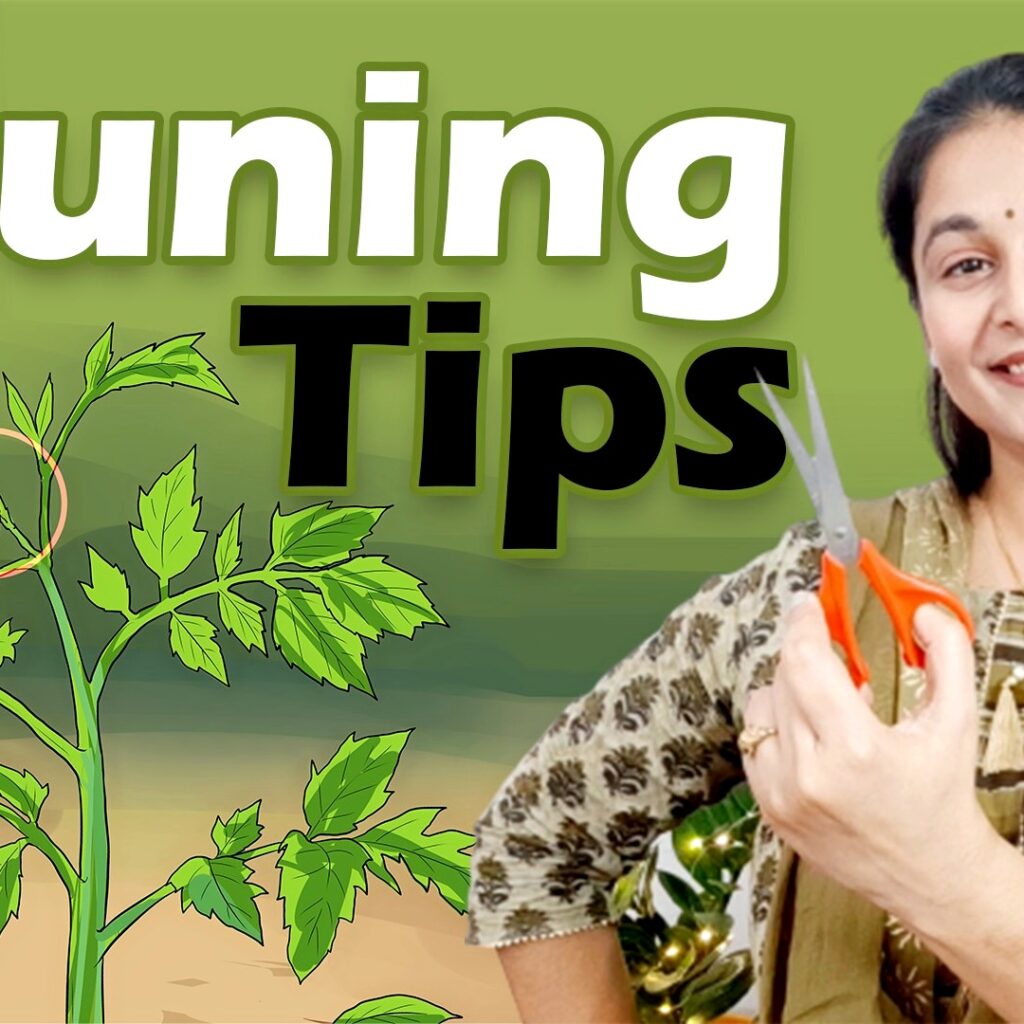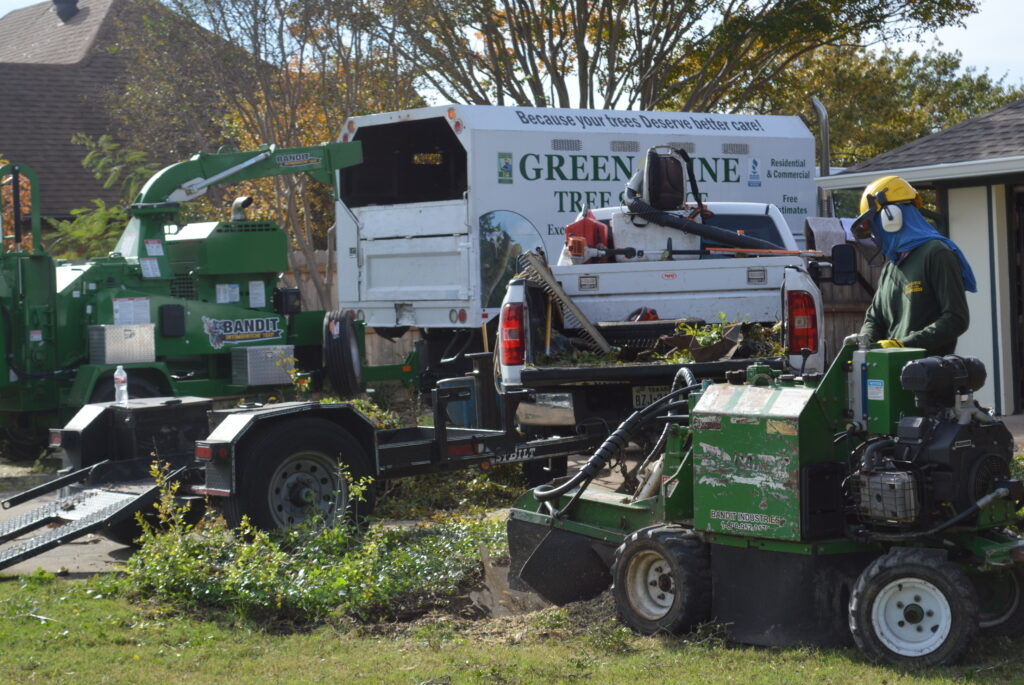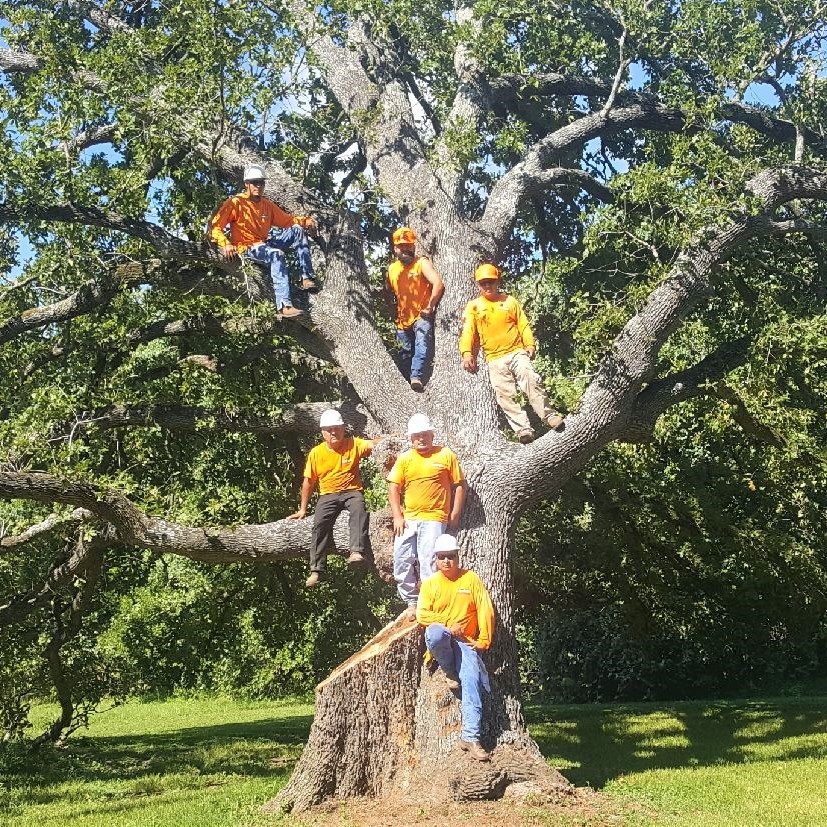Introduction to Pruning tips
Pruning involves carefully cutting away specific parts of a plant, such as branches, buds, or roots, to improve its growth and health. This isn’t just a random trimming; it’s a careful practice that helps plants grow in a healthy and controlled manner. The idea is to remove anything that may hinder the plant’s overall growth.
Why is Pruning Important?
Ever wondered why some gardens look neat and lush while others seem wild and untamed? The secret often lies in regular and proper pruning. Pruning helps:
Improve plant structure: It encourages plants to grow in the right direction and form.
Promote better air circulation: This reduces the chance of diseases.
Increase flower and fruit production: Plants can focus energy on producing more flowers and fruits instead of maintaining unnecessary branches.
When to Prune Your Plants
Timing is everything when it comes to pruning. Pruning at the wrong time can stress the plant, so it’s essential to know the best times for different species.
Best Times of Year
Generally, the best time to prune is during late winter or early spring when plants are dormant. This ensures minimal stress and quick recovery once the growing season begins.
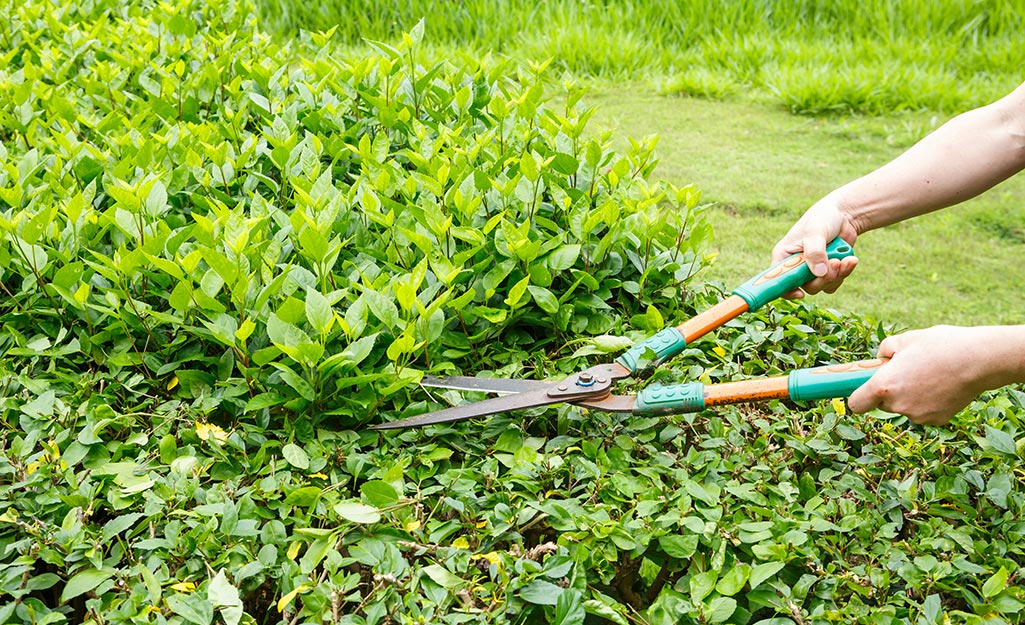
Seasonal Pruning Tips
Spring: Perfect for trimming fruit trees, roses, and flowering shrubs.
Summer: Good for shaping evergreen hedges and shrubs.
Fall: Light pruning only; heavy pruning can stimulate new growth vulnerable to frost.
Types of Pruning
Pruning isn’t a one-size-fits-all technique. Different plants and goals require different pruning methods.
Deadheading
This involves removing spent flowers to encourage more blooms.
Thinning
Thinning is done to reduce the number of branches, allowing better light penetration and air circulation.
Shaping
Shaping helps maintain a plant’s desired form by removing any wayward branches or shoots.
Pruning Tools You’ll Need
Before diving into pruning, make sure you have the right tools. Here are the essentials:
Pruning shears: Ideal for trimming small stems and branches.
Loppers: Ideal for thicker branches.
Pruning saw: For larger branches that shears can’t handle.
Gloves and eye protection: Always protect yourself while pruning.
How to Prune Different Types of Plants
Each type of plant has its own pruning needs. Let’s dive into the specifics!
Shrubs
When pruning shrubs, it’s essential to cut back overgrown areas and maintain their shape.
Trees
Prune trees to remove deadwood, damaged branches, and any branches that interfere with the tree’s structure.
Perennials
Cut perennials back in late winter or early spring to remove old growth and make room for new shoots.
Roses
Prune roses in early spring before new growth starts. Cut back old stems and shape the plant for better air circulation.
Pruning Techniques for Beginners
Pruning may seem complicated, but following a few basic tips will make you a pro in no time.
The 3 D’s Rule: Dead, Damaged, Diseased
This simple rule is a great starting point. Always remove branches that are dead, damaged, or diseased.
Cutting Angles and Positioning
Make sure to make clean cuts at a 45-degree angle. This helps water drain away efficiently, reducing the risk of rot.
Avoiding Common Pruning Mistakes
Even experienced gardeners make mistakes! These are a few frequent mistakes you should steer clear of.
Over-pruning: Too much pruning can shock the plant.
Incorrect timing: Pruning at the wrong time can stunt growth.
Using dull tools: This can cause ragged cuts that invite disease.
Benefits of Pruning for Fruit Trees
Pruning fruit trees isn’t just about aesthetics; it’s about boosting fruit production.
Increased Yield
Removing old branches helps redirect the plant’s energy toward producing more fruit.
Improved Air Circulation
Pruning opens up the tree’s canopy, reducing the risk of fungal diseases.
How to Prune Overgrown Plants
Overgrown plants can become unmanageable, but with some careful pruning, you can bring them back to their best form. Start by thinning out the plant and removing older, less productive branches.
Pruning for Pest Control
Regular pruning can also help with pest control. Removing damaged branches and leaves reduces hiding spots for insects and other pests.
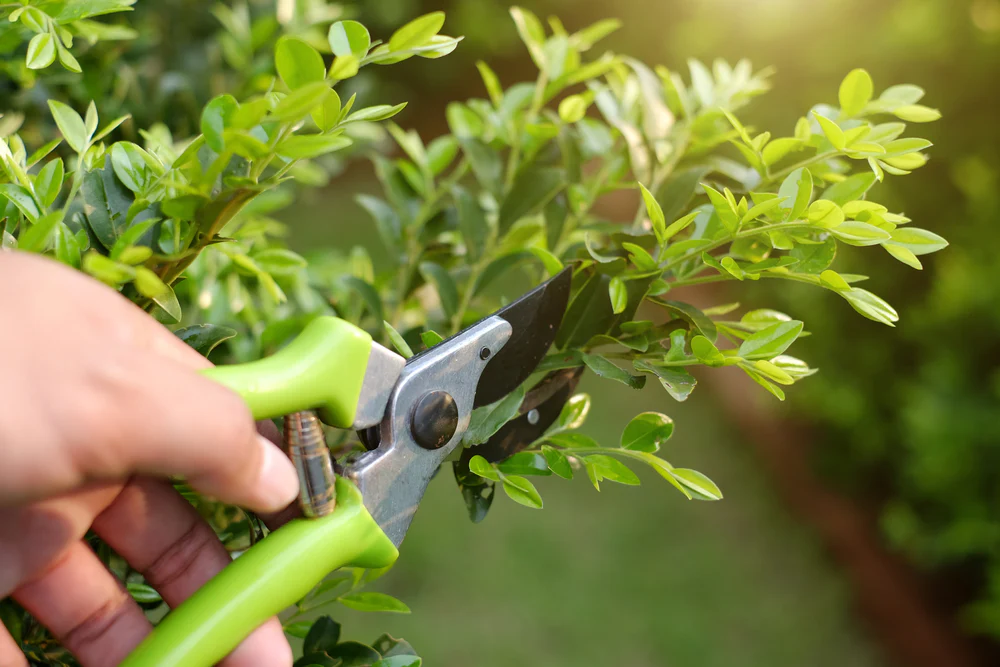
Aftercare: Post-Pruning Maintenance
After pruning, it’s important to care for your plants properly. Water them thoroughly, and consider using a fertilizer to support their recovery.
The Impact of Pruning on Plant Growth
Pruning stimulates new growth, helps plants focus their energy on developing healthy branches, and even improves flowering and fruiting. Over time, you’ll notice a more robust and beautiful plant.
The Best Pruning Tips for Indoor Plants
Yes, even your indoor plants need pruning! For indoor plants, focus on removing yellow or damaged leaves and keeping the plant’s shape balanced.
Conclusion
Pruning is an essential gardening practice that helps promote healthy growth, shape your plants, and increase fruit and flower production. With the right tools and techniques, you can master the art of pruning and watch your garden thrive.
